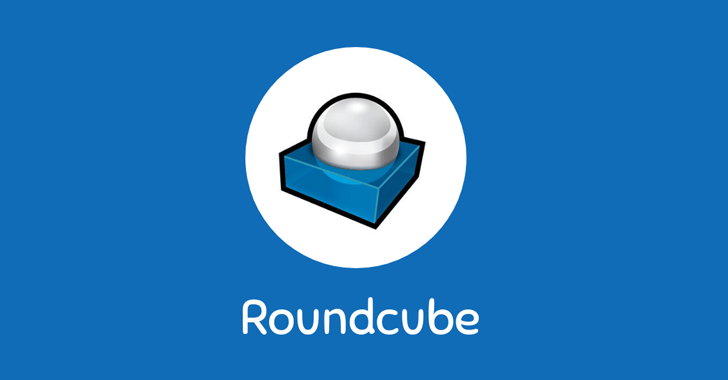

“This thing with Deere, have you heard? A total witch hunt, a total - what they’re doing is a disgrace, and - have you seen the fires? The fires are because of woke. It’s ALL woke. This county’s going woke and there’s nothing anyone can do about it.”
And bam - Trump supporters will back Deere.




Waitaminute… Isn’t he going into the tesla office every day? I thought employees couldn’t be productive without being in the office!